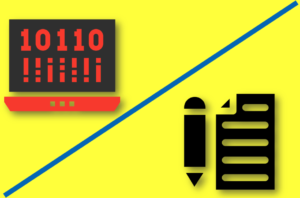Digital inequalities: Homework gap and techno-capital in Austin, Texas
The homework gap is a term that has come to describe the 15 percent or more of American children who cannot  complete their homework after the school day ends because they lack access to broadband and computers (Anderson and Perrin, 2018). This statistic encompasses different economic, socio-cultural, and geographic factors. As a result, historically underprivileged groups of children are overrepresented in the homework gap space. Children without access to high-speed Internet or computers at home face challenges in school achievement. This study investigates the cultural, social, and technological aspects that contribute to the homework gap. The results are based on data from a survey conducted in collaboration with the city of Austin, Texas and several non-profit organizations that offer Internet and technology services to disadvantaged communities. The goal of this study is to investigate the role that demographics, technological skills, and attitudes toward technology play in the homework gap. We find that education and income levels are negatively correlated with high levels of homework gap, while age is positively correlated. Moreover, the possession of intermediate levels of techno-capital is inversely correlated to parents and caregivers’ perceptions of the homework gap.
complete their homework after the school day ends because they lack access to broadband and computers (Anderson and Perrin, 2018). This statistic encompasses different economic, socio-cultural, and geographic factors. As a result, historically underprivileged groups of children are overrepresented in the homework gap space. Children without access to high-speed Internet or computers at home face challenges in school achievement. This study investigates the cultural, social, and technological aspects that contribute to the homework gap. The results are based on data from a survey conducted in collaboration with the city of Austin, Texas and several non-profit organizations that offer Internet and technology services to disadvantaged communities. The goal of this study is to investigate the role that demographics, technological skills, and attitudes toward technology play in the homework gap. We find that education and income levels are negatively correlated with high levels of homework gap, while age is positively correlated. Moreover, the possession of intermediate levels of techno-capital is inversely correlated to parents and caregivers’ perceptions of the homework gap.







